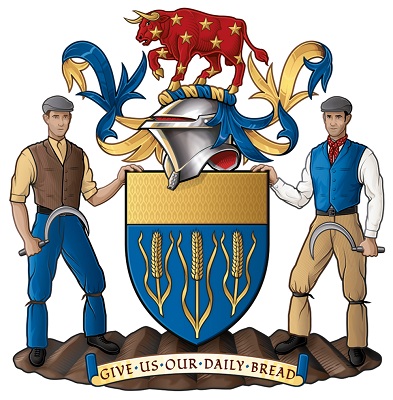Leadership was topic of the day at the Annual Lecture and Dinner, held at Plaisterers’ Hall, London, on April 25. Attracting 175 Liverymen, alumni, sponsors and guests, the dinner provided top quality food as well as food for thought. “Every industry needs great leaders,” said Master, Richard Davies. “We need to encourage and empower a new generation of managers who have the ability to see the world differently.”
Kathryn Bishop CBE was the keynote speaker, sharing her extensive experience of teaching leadership and implementing it across different industries. She explored 200 years of leadership thinking, proving that no single style of leadership is universally appropriate. “There are lots of different ways to lead, and context affects leadership success – some contexts favour leaders who are task-focused, while others favour those who are relationship orientated.”
Leadership styles range from risk-taking heroes to thoughtful, analytical leaders, to sole innovators and empathetic coaches, Catherine explained. Some people are leaders because of their charismatic personality, others because of the way they make you feel; or it could be due to their characteristics and what they choose to do. “You can’t be good at them all – we need to understand that we are all incomplete leaders – we don’t have to be perfect in every circumstance.”
 She likened leaders to an orchestra conductor – they are rarely able to play every instrument in the orchestra, but are still creating a coherent and effective team. “The leader also doesn’t have to have all the answers. It’s not what you know – it’s what you do with what you know.”
She likened leaders to an orchestra conductor – they are rarely able to play every instrument in the orchestra, but are still creating a coherent and effective team. “The leader also doesn’t have to have all the answers. It’s not what you know – it’s what you do with what you know.”
Kathryn emphasised the importance of identifying weaknesses, both within a skillset and personality profile, and working together with others to plug those gaps. “Distributing leadership is the only way to achieve large scale shifts, it’s about sharing and encouraging leadership, not just having one person at the top.”
It’s also critical to assess each circumstance and decide on the most appropriate leadership style for that context, she added. “Draw on your natural strengths whenever you can, and develop your potential and fragile strengths. Identify your resistant limitations and build a leadership team around you – together you’ll be much stronger than any individual one of us can be.”







Post a comment